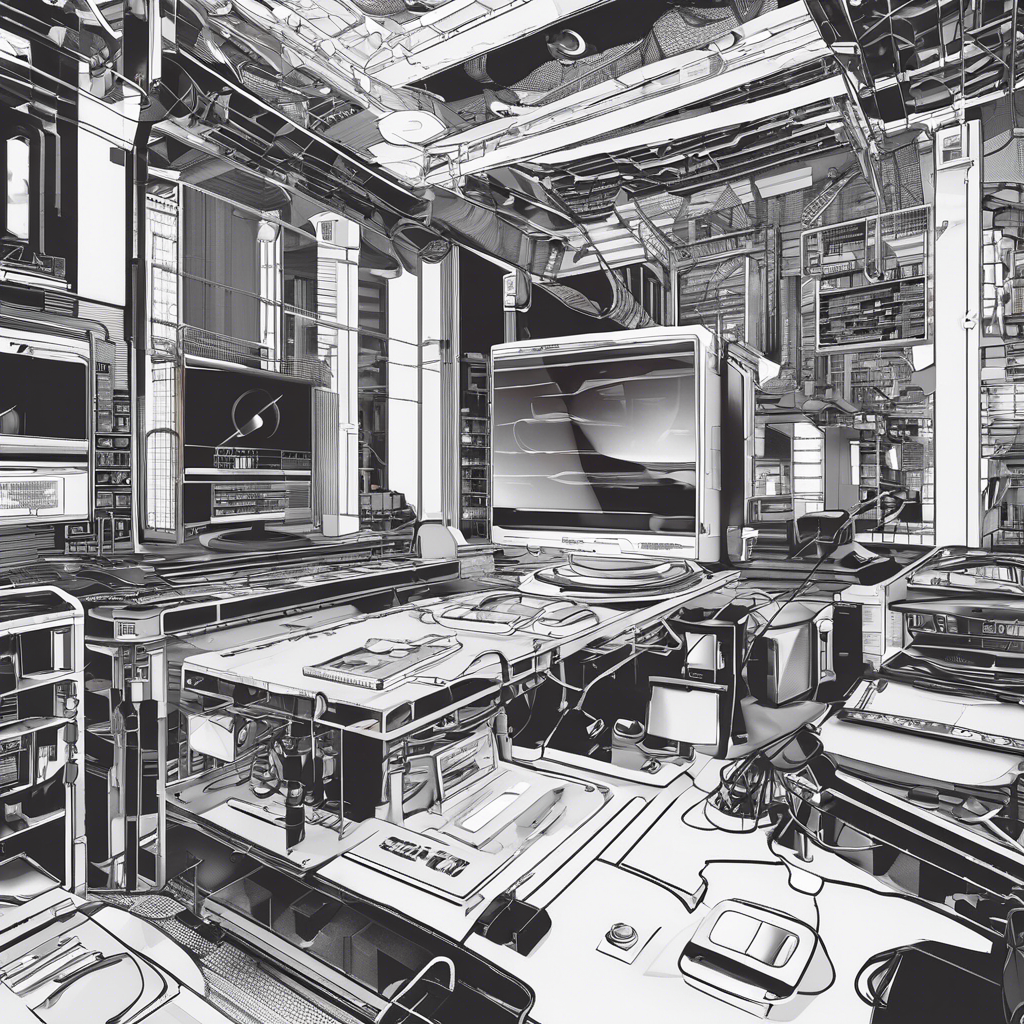Virtual reality software has revolutionized the way we experience digital content. From immersive gaming to virtual tours and training simulations, the applications of virtual reality (VR) software are diverse and exciting. In this article, we will explore the world of virtual reality software, its development, uses, benefits, and future possibilities.
VR software is designed to create a simulated environment that users can interact with using specialized equipment, such as headsets and controllers. These devices track the user’s movements and adjust the virtual environment accordingly, creating a sense of presence and immersion. The goal of VR software is to transport users to a digital world where they can experience things that may not be possible in the real world.
The development of virtual reality software has come a long way since its inception. Early VR systems were bulky and expensive, limiting their accessibility. However, advancements in technology have made VR more affordable and user-friendly, opening up new possibilities for its application across various industries.
One of the most popular uses of virtual reality software is in the gaming industry. VR games allow players to fully immerse themselves in virtual worlds, providing a more engaging and realistic gaming experience. From action-packed adventures to relaxing simulations, VR games cater to a wide range of preferences and interests.
Apart from gaming, virtual reality software is also utilized in education and training. VR simulations can recreate real-life scenarios in a safe and controlled environment, allowing students and professionals to practice skills and procedures without any risk. For example, medical students can perform virtual surgeries, and pilots can practice flying in different conditions.
The benefits of virtual reality software extend beyond entertainment and training. VR therapy, for instance, has shown promising results in treating phobias, PTSD, and anxiety disorders. By exposing patients to virtual environments that trigger their fears or anxieties, therapists can help them confront and overcome these challenges in a controlled setting.
Moreover, virtual reality software has the potential to revolutionize industries like architecture and design. Architects can use VR to visualize and walk through their designs before construction begins, enabling them to make informed decisions and modifications. Interior designers can also create virtual mock-ups of spaces to showcase to clients.
In the field of tourism, virtual reality software offers virtual tours of destinations worldwide, allowing users to explore famous landmarks and attractions from the comfort of their homes. This technology has become especially valuable during the COVID-19 pandemic when travel restrictions limited people’s ability to visit places in person.
As VR technology continues to evolve, so do the possibilities for its application. The integration of artificial intelligence and machine learning in virtual reality software opens up new avenues for personalized and adaptive experiences. Imagine a virtual reality tutor that customizes lessons based on the user’s learning style and progress.
Furthermore, the social aspect of virtual reality is gaining traction, with platforms like VRChat and AltspaceVR enabling users to interact with others in virtual spaces. These social VR experiences allow people to connect, collaborate, and socialize in ways that transcend physical boundaries, making virtual reality a powerful tool for building communities.
The future of virtual reality software is bright, with ongoing research and development pushing the boundaries of what is possible. Innovations in haptic feedback technology aim to enhance the sense of touch in virtual environments, making interactions more realistic and immersive. This could revolutionize industries like healthcare and gaming.
In conclusion, virtual reality software has transformed the way we engage with digital content, offering immersive experiences across various fields. From gaming and education to therapy and design, the applications of VR software are vast and continually expanding. As technology advances, virtual reality will continue to shape the future of how we interact with the digital world.
